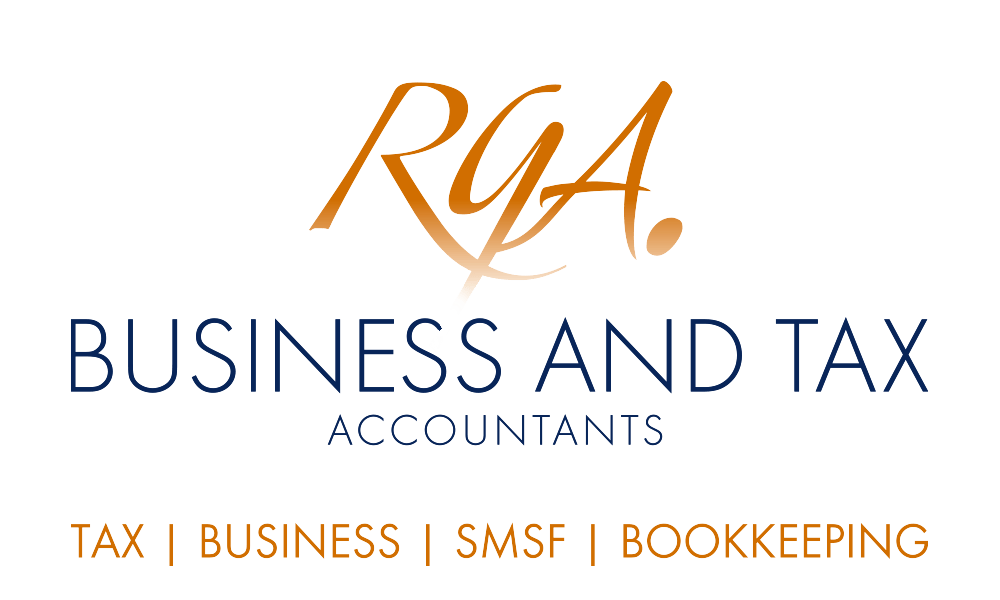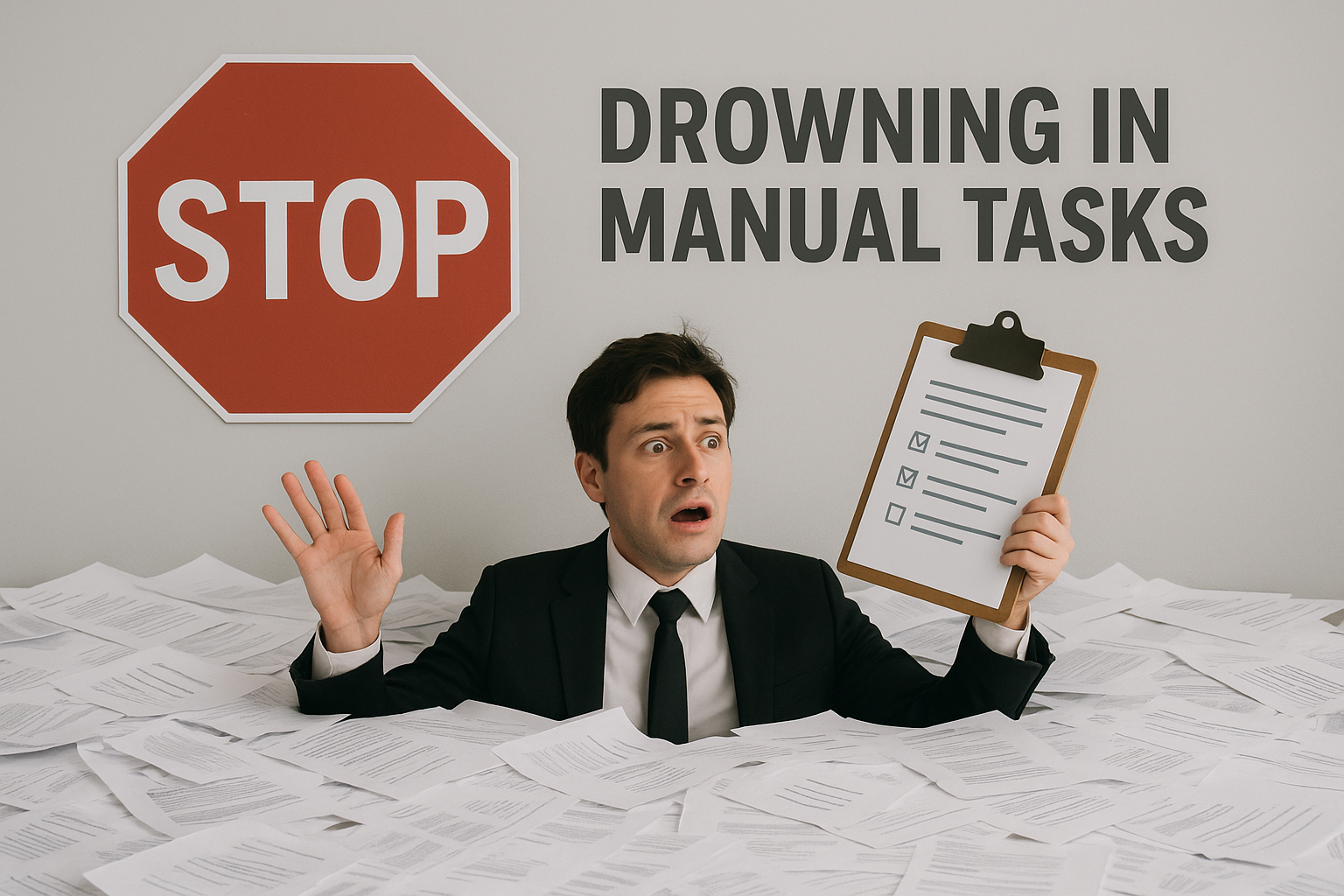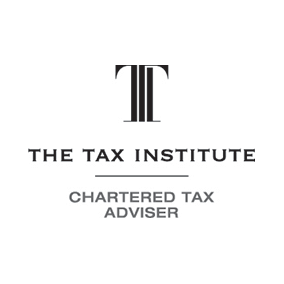
Do you provide car parking to your employees on your business premises? If the parking meets certain conditions you may have to pay fringe benefits tax (FBT) on those and other benefits you provide to your employees. The ATO has commenced a compliance program that looks at employers that use the market value method to calculate the taxable value of car fringe benefits. Specifically, it is looking at employers that have engaged an arm's length valuer that has produced reports that may not reflect the market value.
The ATO has started contacting certain employers that provide car parking fringe benefits to their employees to ensure that all FBT obligations are being met. Generally, car parking fringe benefits arise where the car is: parked on the business premises of the entity providing the benefit; used by the employee to travel between home and their primary place of employment and is parked in the vicinity of that employment; parked for periods totalling more than 4 hours between 7am and 7pm; and a commercial parking station located within 1 km of the premises charges more than the car parking threshold amount.
Employers that meet the above conditions are providing parking benefits and have a choice of 3 methods to calculate the taxable value of the benefits, the commercial parking station method, the average cost method, and the market value method.
The method currently under ATO scrutiny is the market value method, which states that the taxable value of a car parking benefit is the amount that the recipient could reasonably be expected to have been required to pay if the provider and the recipient were dealing with each other under arm's length.
Under this method, the employer must obtain a valuation report from an independent valuer who has expertise in the valuation of car parking facilities and is at arm's length.
Specifically, the ATO is looking at employers that have engaged an arm's length valuer as required under the market value method. According to the ATO, it has information that valuers in some instances have prepared reports using a daily rate that doesn't reflect the market value and as such, the taxable value of the benefits is significantly discounted or even reduced to nil.
The ATO notes that just engaging an arm's length valuer does not mean you've met all the requirements for working out the taxable value of the car parking fringe benefits. It states that it is the employer's responsibility to confirm the basis on which the valuation is prepared and examine any valuation that is suspected to be incorrect or considerably reduces FBT liability.
At a minimum, the ATO requires that a valuation report must be in English and detail the following:
- date of valuation;
- precise description of the location of the car parking facilities valued;
- the number of car parking spaces valued;
- the value of the car parking spaces based on a daily rate;
- the full name of the valuer and their qualifications;
- the valuer's signature; and
- a declaration stating the valuer is at arm's length from the valuation.
According to the ATO, in addition to the valuation report, you as an employer will also need a declaration relating to each FBT year that includes the number of car parking spaces available to be used by employees, the number of business days, and the daily value of the car parking spaces.
Not sure?
If you're unsure whether the benefits you provide to your employees are subject to FBT, talk to us. We can also help you determine whether your business qualifies for exemptions under various categories of FBT. If you would like to know more about whether the valuation that you have obtained meets the ATO requirements, contact us today to find out.









